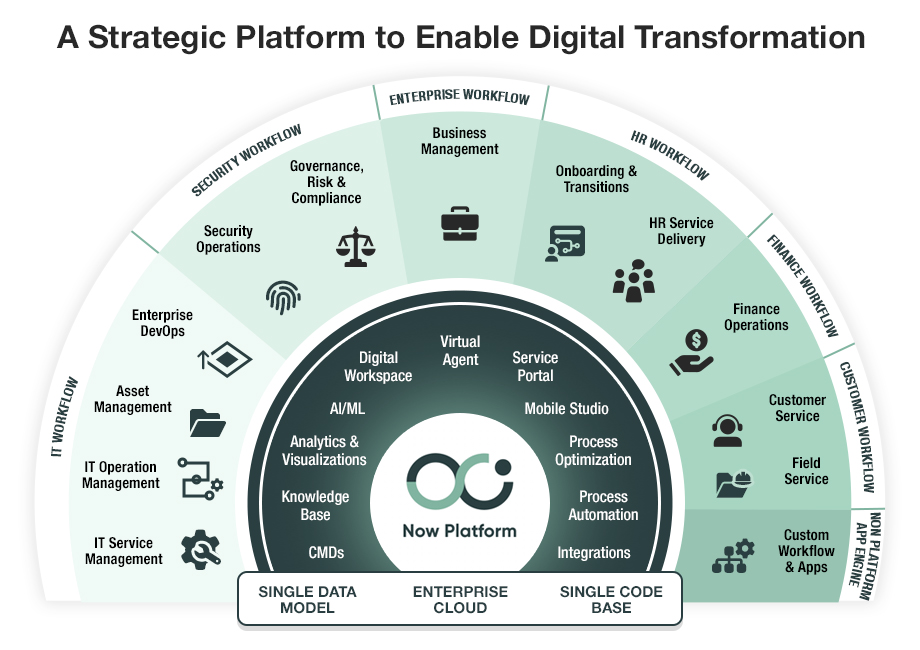The rapid advancement of artificial intelligence (AI) has sparked both excitement and apprehension. From self-driving cars to sophisticated medical diagnoses, AI’s capabilities are expanding at an unprecedented rate. This begs a fundamental question: when should we trust the machine, and when should we rely on human intelligence? This blog post delves into the nuances of this critical question, exploring the strengths and weaknesses of both AI and human intelligence, and providing insights into navigating this increasingly AI-driven world.
The Distinctive Nature of Intelligence
To understand when to trust AI, we must first appreciate the fundamental differences between artificial and human intelligence.
Artificial Intelligence: At its core, AI is about creating machines that can perform tasks that typically require human intelligence. 1 This includes learning, problem-solving, decision-making, 2 and pattern recognition. AI excels in processing vast amounts of data at incredible speeds, identifying complex patterns that might escape human observation. It operates based on algorithms and data, exhibiting consistency and precision in executing programmed tasks.
Human Intelligence: Human intelligence, on the other hand, is a multifaceted phenomenon encompassing not only cognitive abilities but also emotional intelligence, creativity, critical thinking, and adaptability. We possess consciousness, self-awareness, and the capacity for subjective experiences. Our decision-making is often influenced by emotions, ethics, intuition, and past experiences – factors that are currently beyond the grasp of even the most advanced AI.
Strengths and Weaknesses: A Comparative Look
Let’s examine the specific areas where each form of intelligence shines and where it falls short:
AI Strengths:
- Data Processing and Analysis: AI can sift through and analyze massive datasets far faster and more accurately than humans, uncovering valuable insights and correlations.
- Repetitive Tasks: AI excels at performing repetitive, rule-based tasks with unwavering consistency and without fatigue, increasing efficiency and reducing errors.
- Speed and Scalability: AI algorithms can execute complex computations and tasks at speeds that are impossible for humans, and they can be easily scaled to handle large volumes of work.
- Objectivity: Ideally, AI operates without biases, making decisions based purely on the data it is trained on.
- Precision and Accuracy: In tasks like calculations and data retrieval, AI can achieve a level of precision that surpasses human capabilities.
AI Weaknesses:
- Lack of Creativity and Innovation: Current AI is primarily based on pattern recognition and cannot truly generate novel ideas or think outside the box in the way humans can.
- Limited Emotional Intelligence: AI lacks empathy, understanding of social cues, and the ability to navigate complex emotional situations.
- Contextual Understanding: While AI is improving, it can still struggle with nuanced language, sarcasm, humor, and understanding the broader context of a situation.
- Ethical Reasoning and Moral Judgment: AI operates based on programmed rules and lacks the capacity for independent ethical reasoning or moral decision-making in complex scenarios.
- Adaptability to Unforeseen Situations: AI is often highly specialized and may struggle to adapt effectively to completely new or unexpected situations not encountered in its training data.
Human Intelligence Strengths:
- Creativity and Innovation: Humans possess a unique ability to imagine, invent, and develop entirely new concepts and solutions.
- Emotional Intelligence and Empathy: Our capacity to understand and share the feelings of others allows for effective communication, collaboration, and building relationships.
- Critical Thinking and Judgment: Humans can analyze information, evaluate different perspectives, and make nuanced judgments based on incomplete or ambiguous data.
- Adaptability and Learning: We can learn from diverse experiences, adapt to new environments, and apply knowledge across different domains.
- Ethical and Moral Reasoning: Humans possess a moral compass, allowing us to make decisions based on values, principles, and a sense of right and wrong.
Human Intelligence Weaknesses:
- Susceptibility to Bias: Human decisions can be influenced by cognitive biases, emotions, and personal experiences, leading to inconsistencies and errors.
- Limited Processing Speed and Capacity: Compared to AI, humans have a limited capacity for processing large amounts of data and performing complex calculations quickly.
- Fatigue and Error Rates: Human performance can be affected by fatigue, stress, and distractions, leading to errors in repetitive or demanding tasks.
- Inconsistency: Human performance can vary depending on mood, time of day, and other subjective factors.
Also Read : Embracing the Future: Key Advantages of Collaborating with AI Agents
When to Trust the Machine
Given these strengths and weaknesses, when is it appropriate to trust AI?
- Data-Intensive Tasks: When dealing with massive datasets that require rapid analysis and pattern identification, AI is often the superior choice. Examples include fraud detection, financial modeling, and scientific data analysis.
- Repetitive and Rule-Based Operations: For tasks that are routine, predictable, and require consistency, AI-powered automation can significantly improve efficiency and accuracy in manufacturing, data entry, and customer service (e.g., chatbots for basic inquiries).
- Tasks Requiring High Precision and Speed: In fields like surgery (robotic surgery) and high-frequency trading, AI and robotic systems can perform tasks with a level of precision and speed that exceeds human capabilities.
- Objective Analysis: When seeking unbiased analysis based purely on data, AI can provide valuable insights in areas like risk assessment and anomaly detection.
When to Rely on Human Intelligence
Conversely, there are critical situations where human intelligence remains indispensable:
- Creative and Innovative Tasks: When the goal is to generate new ideas, develop novel solutions, or produce original artistic content, human creativity is essential.
- Complex Decision-Making with Ethical Implications: In situations involving ethical dilemmas, moral judgments, and consideration of human values, human reasoning and empathy are paramount. This is crucial in fields like law, healthcare ethics, and policy-making.
- Interactions Requiring Emotional Intelligence: In roles that involve building relationships, understanding emotions, providing care, and resolving conflicts, human emotional intelligence is irreplaceable. This includes leadership, counseling, and customer service for complex issues.
- Handling Novel and Unforeseen Situations: When faced with completely new scenarios that were not part of AI’s training, human adaptability, critical thinking, and common sense are crucial for effective problem-solving.
- Tasks Requiring Contextual Understanding: When interpreting nuanced language, understanding social cues, and grasping the broader context is vital, human intelligence offers a depth of understanding that AI currently lacks.
The Power of Collaboration: Human-AI Synergy
The most promising future lies not in pitting AI against human intelligence but in fostering collaboration between the two. By leveraging the strengths of each, we can achieve outcomes that neither could accomplish alone.
- AI Augmenting Human Capabilities: AI can act as a powerful tool to augment human intelligence, providing insights, automating routine tasks, and freeing up human professionals to focus on higher-level thinking, creativity, and strategic decision-making. For example, AI-powered diagnostic tools can assist doctors, while AI can help lawyers with legal research.
- Human Oversight and Guidance: It is crucial to maintain human oversight of AI systems, especially in critical applications. Humans can monitor AI performance, identify biases, intervene in unexpected situations, and ensure ethical considerations are taken into account.
- Developing Human-Centered AI: The focus should be on designing AI systems that are aligned with human values, needs, and goals, and that enhance human well-being and capabilities.
Navigating the Future with Trust and Caution
As AI continues to evolve, our ability to discern when to trust the machine will become increasingly important. A balanced approach that recognizes the strengths and limitations of both AI and human intelligence is essential. We must cultivate critical thinking skills to evaluate AI outputs, maintain human oversight in crucial domains, and prioritize ethical considerations in AI development and deployment.
Ultimately, the relationship between AI and human intelligence is not a zero-sum game. By understanding their respective strengths and fostering collaboration, we can harness the transformative power of AI while preserving the unique and invaluable aspects of human intellect. The key lies in knowing when to trust the speed and precision of the machine and when to rely on the creativity, empathy, and judgment that define our humanity.




